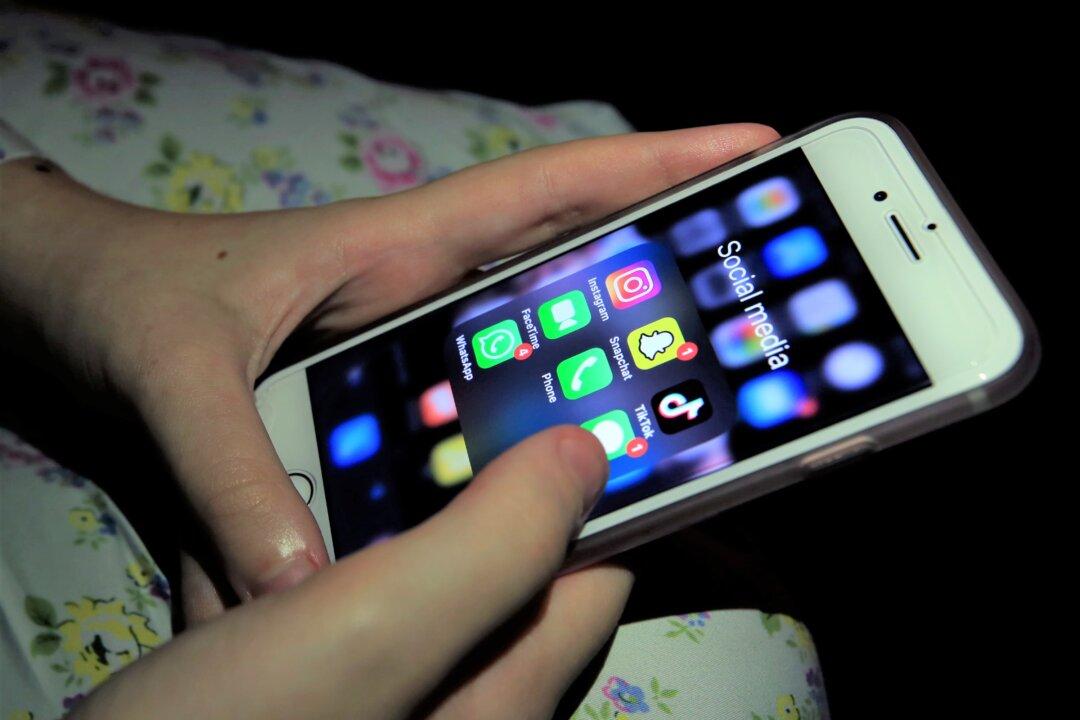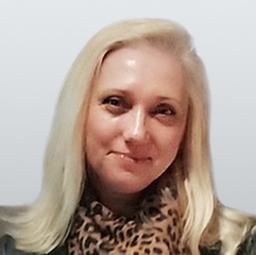Social media, as it was initially intended, is changing. The good old social platforms that we all could just post anything on and be appreciated for are changing towards sharing on private groups due to the curated feeds the social platforms prioritise.
To the social media newbie consumer, this might come as a surprise, but content creators and analysts seem to have a different take on the issue.





